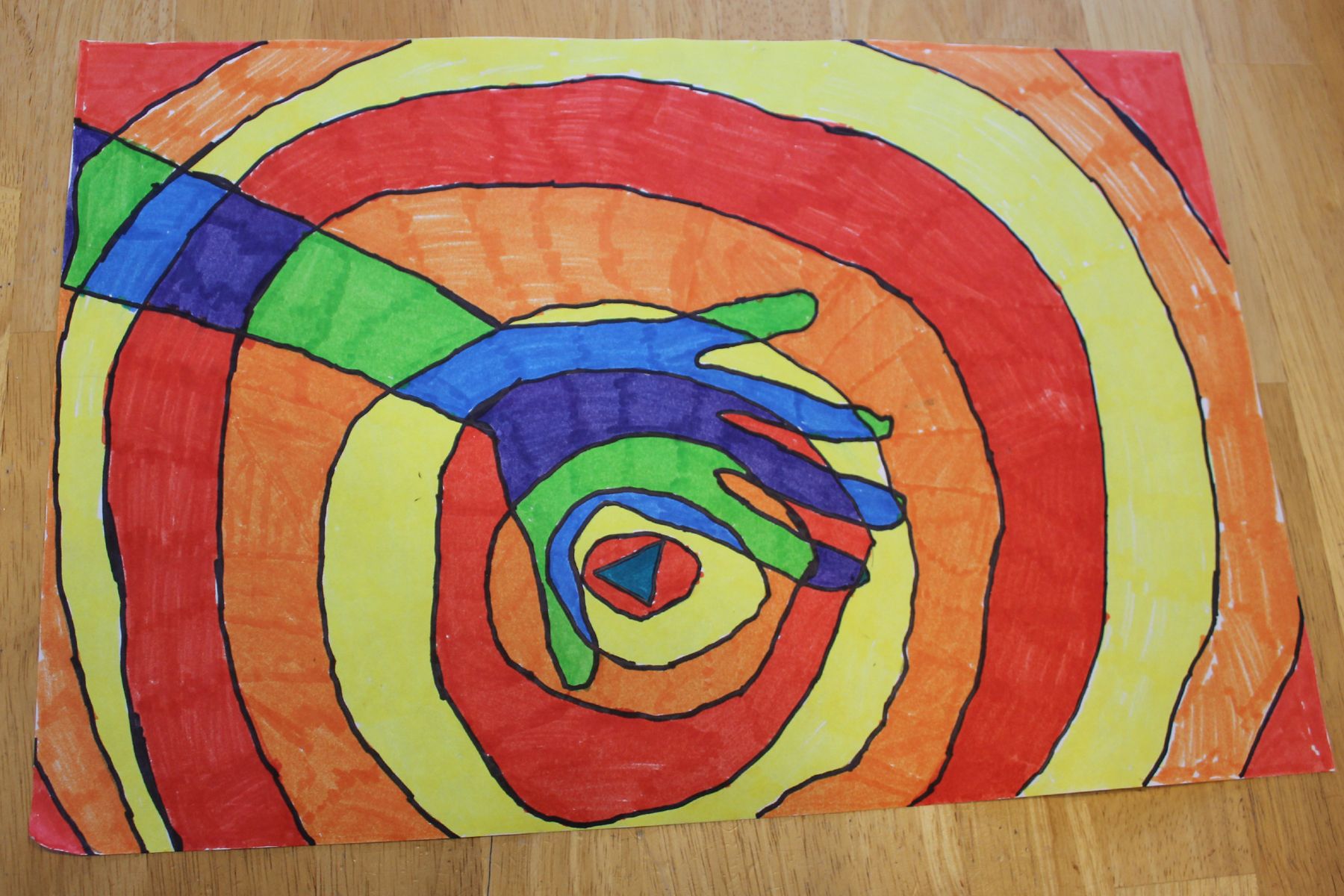Web complementary colors are pairs of colors which, when combined or mixed, cancel each other out (lose hue) by producing a grayscale color like white or black. How do we represent and create color? But basically, color theory is mixing colors and color creation. Rough and smooth, light and dark, thick and thin. Color theory examples in children's books.
Learn how colors are made, and experiments you can do with food coloring. Web the science of color and texture is found everywhere we look. It's a bit dull, isn't it? Color theory is like a special set of rules that helps us understand how colours work together. Understanding how each color can affect a child’s mood and development is a great way to improve their learning abilities.
When two complements are mixed they produce a gray or brown. Web the science of color and texture is found everywhere we look. Web discover beautiful kids color palettes on color hunt. Red is a dominant color that stands out no matter what it’s paired with. Web swiss expressionist painter and art teacher johannes itten identified seven types of color contrast:
Web the color wheel and color theory can be challenging for kids. It starts with the primary, secondary, and tertiary colors. Web decorate your child’s nursery with striped black and white curtains, bold throws, and toys in light and dark contrasting colours, and these elements will serve to increase your child’s attention span, encourage nervous system growth, and. Complementary colors may also be called opposite colors. Web learning to compare and contrast elements of stories. Kids can explore contrast as a way to understand their world, so get inspired and create colorful artwork with your kids. Web an excellent way to grow your little ones' sensory awareness and descriptive vocabulary, these colors worksheets will inspire your students to get creative and experiment with their coloring tools. Red is a dominant color that stands out no matter what it’s paired with. After completing this project, students will be able to: How do we represent and create color? Web artists use contrasting colors and textures to make their pieces more visually appealing: Web how to balance colors in your illustrations. Well, colour theory helps us figure out which colours look good when we put them together. Web impacts of certain colors on children. Learn how colors are made, and experiments you can do with food coloring.
While Working Closely With The Features Of Emphasis, Contrast Can Be Achieved By Paying Attention To Opposites:
Web the science of color and texture is found everywhere we look. Kids can explore contrast as a way to understand their world, so get inspired and create colorful artwork with your kids. Color theory is like a special set of rules that helps us understand how colours work together. Web swiss expressionist painter and art teacher johannes itten identified seven types of color contrast:
Red Is A Dominant Color That Stands Out No Matter What It’s Paired With.
Kids can explore contrast as a way to understand their world, so get inspired and create colorful artwork with your kids. After completing this project, students will be able to: Value can be taught in drawing, painting and color theory mixing lessons. 1.contrast of hue 2.contrast between light and dark colors 3.contrast between cold and warm colors 4.complementary contrast 5.simultaneous contrast 6.contrast of saturation (contrast of quality) 7.contrast of extension (contrast of quantity)
Identify Color Terms Using The Academic Vocabulary Of The Discipline.
Light vs dark, rough vs smooth, large vs small. It starts with the primary, secondary, and tertiary colors. Web impacts of certain colors on children. It's a bit dull, isn't it?
Web Artists Use Contrasting Colors And Textures To Make Their Pieces More Visually Appealing:
They include blue, red, and yellow. Web contrast is the arrangement of opposite elements: Web color science experiments for kids. Blue + yellow = green;









.jpg)
